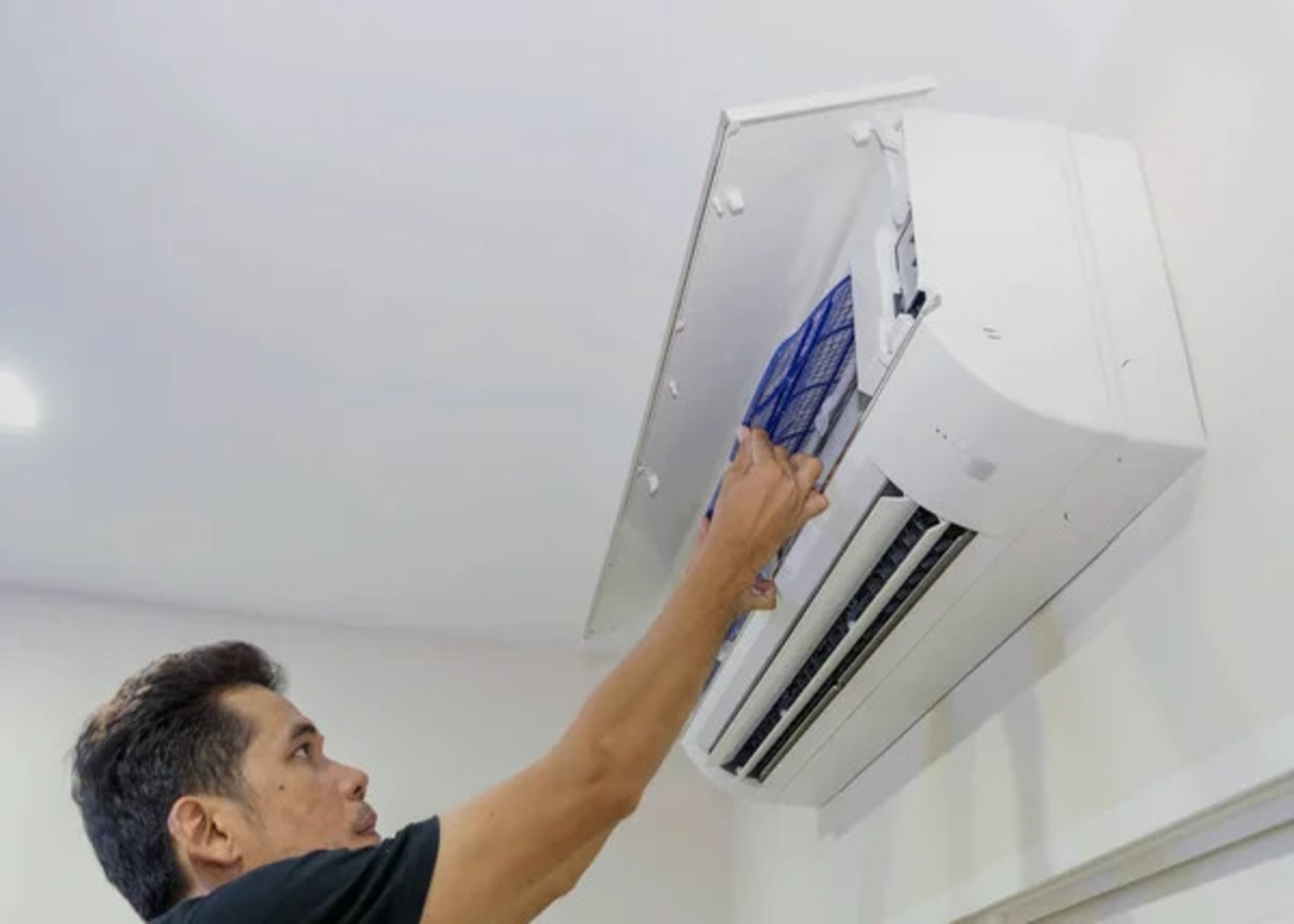
Why Large format printing will remain a big deal in 2023
It’s December, and the year’s calendar is slowly grinding to a halt. Just as we have seen people draw up forecasts for the year at its inception according to their industry, some of them have proven distant in their realities, but thanks to unforeseen events from post-COVID-19 adjustments, governmental policies, the inflation rate, and some external factors beyond their scope, some were able to measure up as promised.
With each passing quarter, businesses and industries like the printing press would consistently review their processes, filter or tweak them here and there, and channel more energy towards things that were yielding profit. One of the things that perpetually garners buzz is large-format printing, which has enjoyed a warm reception from clients and may not be leaving anytime soon.

In today’s post, I will share with us one of the major requests in the Printing press that has repeatedly enjoyed use and is still considered a relevant choice despite the digital marketing age we live in. At the end of this read, you will understand what large-format printing means and why it may not fade out anytime soon.
What is large-format printing?
Large-format printing is a type of specialist printing machinery that can handle larger print jobs, such as banners, posters, store displays, building wraps, etc.
Large-format printing is usually positioned in strategic locations to ensure it captures the audience's attention through carefully designed graphics. Just as banners are sighted, read, and acted upon with each passing day, customers' attention can be gotten without relying on traditional mediums like TV or radio.
Why is large-format printing considered?
Depending on the intent of the client, the budget to work with, the space to cover, and the content, the printing format input for production would likely change based on the factors listed above.
Most often than not, with good print, design, and graphics, most print jobs would fly as good jobs for production; however, large format printing is always considered to ensure that everyone’s attention is gotten once one encounters the print job.
300 dpi is the ideal resolution for large printing, as this will help achieve good results on most printers. However, as the print quality is barely perceptible when viewed from a distance, you can use 150 dpi for larger prints.

How is large-format printing done?
When considering the need to create a large-format print job, there are some things to factor into the printer.
- Materials are better stored in AI format to avoid distortion and resizing where necessary,
- Adjust the quality of your images to the viewing distance.
- Check the calibration of your screens.
- Ensure that all file types are saved in a file using the proper format.
- Use the soft-proofing tool in Photoshop.
- Vector fonts should be created.
What are the advantages of large-format printing?
A notable benefit of large-format printing, aside from longevity, is marketing for your company, service, or product. Your message is more likely to be seen by a larger audience if the image is larger, whether it be a banner or event sign.
Durability is a priority when designing large-format printing. You won't need to be concerned about your sign getting easily damaged.

What are the applications of large-format printing?
Large-format printing finds massive use in wall decoration prints for posters, banners, repeat banners, backdrops, photo canvas prints, and an endless list of other creative uses. '
Conclusion.
Any printing effort utilizing a huge sheet of paper is referred to as "large-format printing." They could range from flyers, posters, and banners, which are a few typical examples that have proven that the need is peculiar and cannot be simply phased out, despite digital marketing being a trend now.
OBL Prints Dubai is a top printing press house in Dubai. OBL Print Dubai specializes in the design and printing of corporate, indoor, and outdoor printing services, from business cards to gift printing, large outdoor banners, and a host of other bespoke printing requests.
Jan 11, 2023 by oluwafemi-smith 2.1K Views
Share This Post :
 Facebook
Facebook
 Twitter
Twitter
 Linkedin
Linkedin
 Telegram
Telegram
 WhatsApp
WhatsApp
 Pinterest
Pinterest



